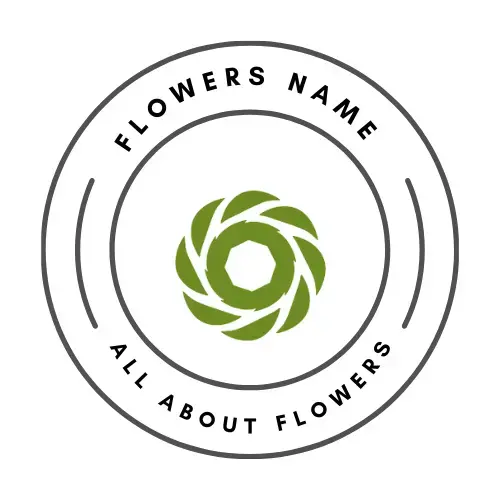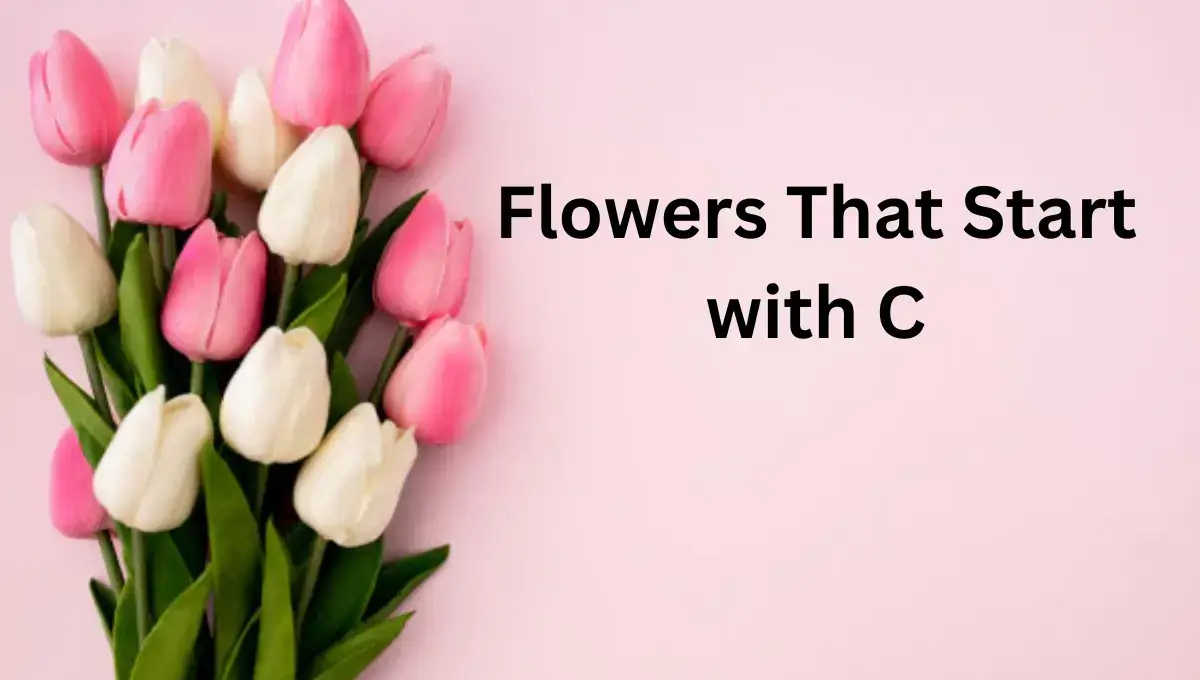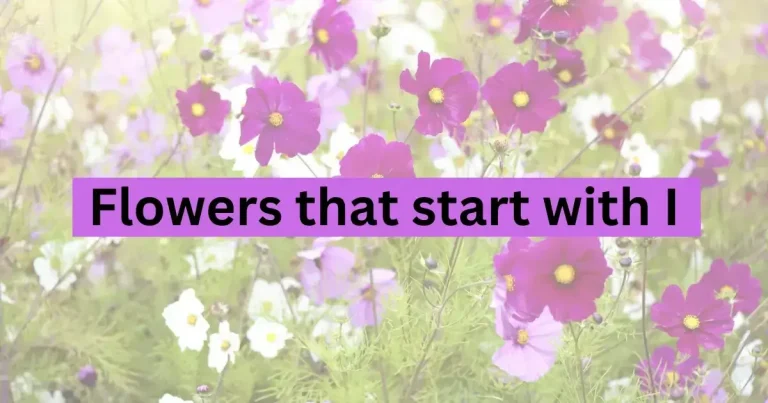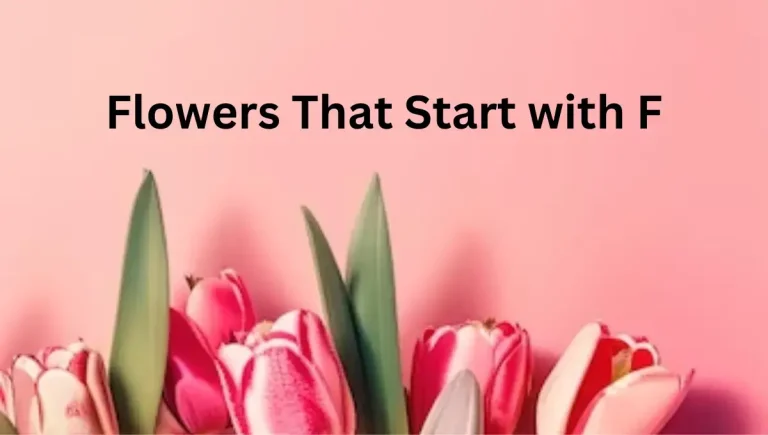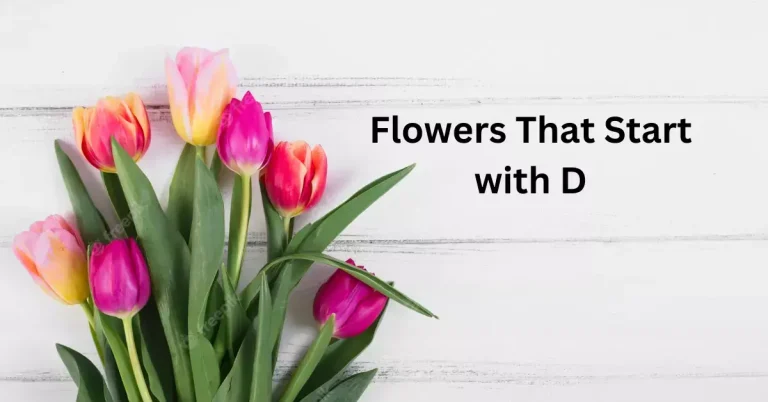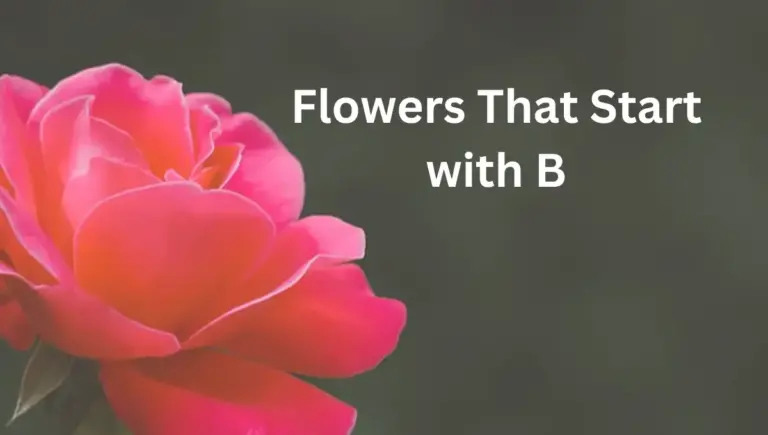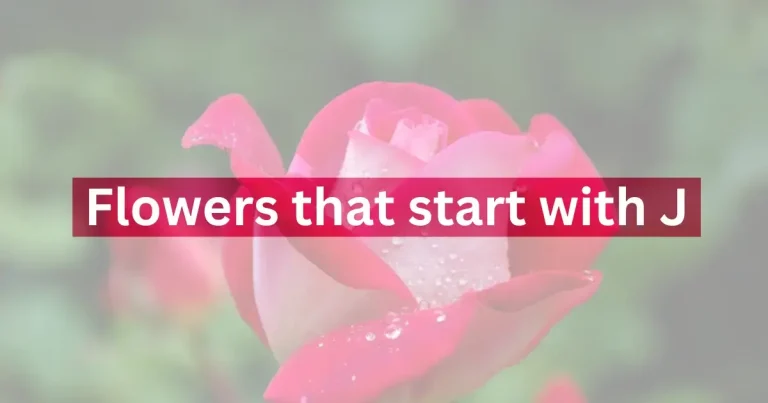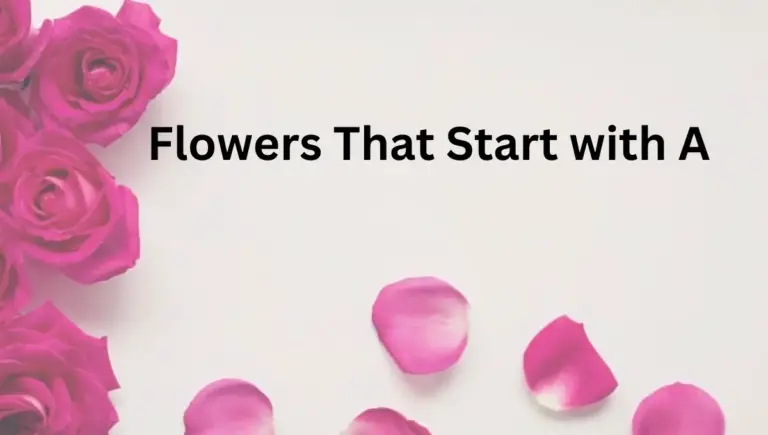10 Elegant Flowers that start with C
If you are looking for flowers starting with C, you are in the right place. Here are the 10 most beautiful flowers starting with the letter ‘C’.
This article is about the names of flowers that start with ‘C’. If you’re a passionate gardener then believe me you’re at the right place to know about all those beautiful fragrant and valuable flowers.
List of flowers that start with C
The following list contains all those flowers that start with C and most importantly these plants are commonly in use with less or no knowledge. Here’s is the description when we come to research for the flowers for our beautiful garden!
Here you can also read the information of the flowers that start with A or B.
Calendula officinalis
| Type | Botanical Name | Phonetic Spelling | Blooming period | Common name(s): |
|---|---|---|---|---|
| Perennials | Calendula Officinalis | ka-LEN-dew-luh oh-fish-ih-NAH-liss | May to June | Gold bloom, Garden Marigold, Common Marigold, Calendula pot marigold |
Native area: Southern Europe
This plant produces vibrant flowers. These are daisy-like flowers with ray and disc florets which make these flowers showy. These blooms are found in orange and yellow colours. Calendulas are used for medicinal purposes. This plant is also very important for making essential oils and many other therapeutic products.
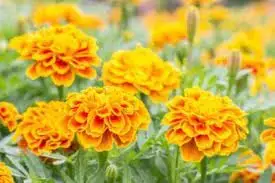
This plant thrives in full sun exposure. This plant also tolerates many climate conditions. This plant needs well-draining soil, loamy soil with acidic to neutral pH for its growth. Regular watering is appreciated for this plant. The vibrant and showy flowers of this plant make it popular among gardeners. This plant is grown in gardens and landscapes.
Calla lily
| Type | Botanical Name | Phonetic Spelling | Blooming period | Common name(s): |
|---|---|---|---|---|
| Perennials | Zantedeschia Aethiopica | zan-teh-DESK-ee-uh ee-thee-OH-pih-kuh | June to July | calla lily, African lily, Arum lily, pig lily, Lily of the Nile |
Native Area: South Africa
Calla lilies have trumpet-shaped blooms called spathes. These spathes are in different shades of white, yellow, orange, purple, and pink. This plant is very eye-catching. Calla lilies have long, strap-shaped leaves and flower stalks that can range from 3 to 5 feet.
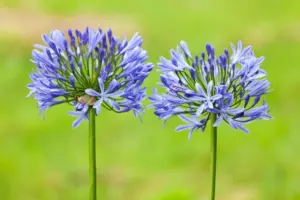
In our list, Calla Lilly is the second flowers that start with C. These flowers can be bloomed in a variety of soil conditions, but preference is draining soil. Calla lily also refers to the genus Clivia, which comprises several species of flowering plants native to South Africa. Calla lilies are propagated through seeds and belong to perennial plants, so they can grow and bloom for years under the right conditions.
Note: Caution is important while handling this plant. These plants can cause skin irritation. If you are a skin allergic person use gloves while handling the plant.
Cone Flower
| Type | Botanical Name | Phonetic Spelling | Blooming period | Common name(s): |
|---|---|---|---|---|
| Perennials | Echinacea angustifolia | ek-in-AY-see-a an-gus-tee-FOH-lee-uh | June to August | Black-Samson Echinacea, Coneflower |
Native Area: Eastern and Central North America
These plants have daisy-like flowers with spikes on it. These flowers are available in various colours including white, pink, purple, and orange. The petals of the plants have drooping petals with a raised central disc.
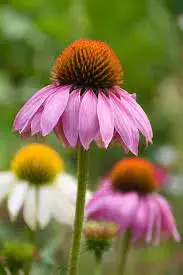
These plants are adaptable and thrive in full sun, but they also tolerate partial shade. They grow in well-draining soil. Regular watering is important in the first season of blooming.
These plants are used as herbal remedies to boost the immune system. The roots of the flower are used for herbal tea and supplements. These plants are a beautiful addition to gardens and landscapes due to their attractive flowers.
Cardinal flowers
| Type | Botanical Name | Phonetic Spelling | Blooming period | Common name(s): |
|---|---|---|---|---|
| Perennials | cardinal flower | low-BEE-lee-ah kar-dih-NAL-iss | July to September | cardinal flower, lobelia, Indian pink |
Native Area: America
Cardinal flowers have tubular-shaped flowers that are available in different colours like red, pink, and white. These plants have vibrant and showy blooms that attract hummingbirds and butterflies. These plants have lance-shaped leaves that are deep green. These plants are grown 2 to 4 feet in height.
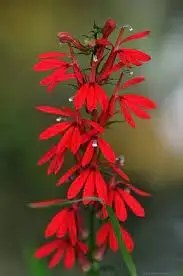
These plants prefer moist and well-draining soil. That is why they are mostly found along rivers and streams. These plants thrive in full sunlight. These plants need consistent moisture to thrive as they grow along rivers and streams.
Note: These plants contain alkaloids that can be toxic if ingested. Keep the plant out of reach from children and pets to prevent any mishappening.
Celosia
| Type | Botanical Name | Phonetic Spelling | Blooming period | Common name(s): |
|---|---|---|---|---|
| Perennials | celosia | ke-losia | June to Frost | cock’s comb, feather celosia |
Native Area: Africa, Asia, and America
In the list of flowers that start with letter “C’ the fifth flower is Celosia. These plants have flower heads. The blooms of the plants are in clusters. They have flame-like plumes on them. The plumes of the plants are available in different colors like red orange yellow pink and purple. They have brain-like flower heads. They grow 1 to 3 meters in height.
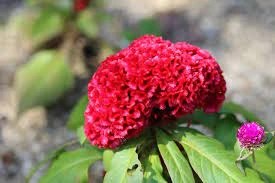
These plants thrive in warm climates. Full sun exposure is preferred. Well-draining soil is important for the growth of the plant. These plants have a splash of colors in their blooms which bring uniqueness in the gardens. Celosia also have onamental value.
Clover
| Type | Botanical Name | Phonetic Spelling | Blooming period | Common name(s): |
|---|---|---|---|---|
| Perennials | Dalea Purpurea | Da-lea-Pur-pu-rea | June to August | purple prairie clover, clover |
Native Area: North America
The blooms of the plant have a unique structure. The blooms are usually bilateral. The blooms of the plant have five petals arranged in a shape the upper petals form a keel. Due to this structure, they are called pea flowers.
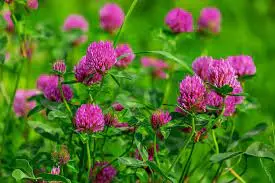
The clovers are very important for ecological and economic importance. The clovers have the ability to improve soil fertility by converting environmental soil into usable for the plant.
Mowing the plant is very important for its growth. Regular watering during dry spells is beneficial for the growth of the plant. The maintenance of the clover is very minimal. If the tips given above are followed regularly one can enjoy the vibrant colors of the clover in garden.
Coral bells
| Type | Botanical Name | Phonetic Spelling | Blooming period | Common name(s): |
|---|---|---|---|---|
| Perennials | Heuchera | HEW-ker-ah | June to August | coral bells, Alumroot |
Native Area: North America
Coral bells have beautiful blooms. The leaves of the plant may vary in size shape and color depending on the variety of the plant. Mostly they are found in green purple silver bronze and burgundy colors.
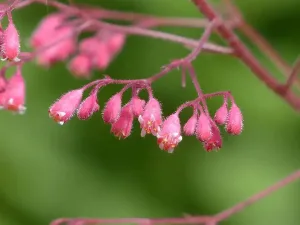
The flowers of the coral bells are typically very small and bell-shaped. They appear on slender, wiry stems. The blooms of the plant come in various colours like pink, coral red, white and cream colour. The primary attraction of the coral bell plant is its attractive delicate blooms.
Coral bells prefer well-draining soil. They can tolerate full sunlight. Regular watering is important for the growth of the plant. Mulching is also important for the fertilization of the coral bells. Coral bells are the best choice for gardens due to the delicacy and beauty of the blooms.
Cosmos
| Type | Botanical Name | Phonetic Spelling | Blooming period | Common name(s): |
|---|---|---|---|---|
| Perennials | cosmos | KAHS-mos | June to frost | cosmos |
Native Area: Mexico, southern united state
Cosmos have feathery vibrant and cheerful blooms. The blooms of the plant are the main attraction. They come in various colors like white pink magenta and orange color. They are daisy-like blooms with a central disc surrounded by petals. The plant grows as bushy, upright, in sprawling mounds, reaching in height 2 to 6 feet.
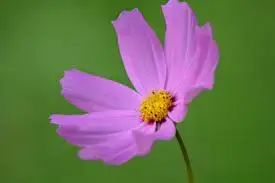
They thrive in well-draining soil with full sunlight. Watering is important during dry spells. Deadheading is also encouraged for the growth of the plant. These plants enhance the beauty of the cottage gardens, borders, and flower beds by adding colors to them.
Crocosmia
| Type | Botanical Name | Phonetic Spelling | Blooming period | Common name(s): |
|---|---|---|---|---|
| Perennials | crocosmia | kroh-KOZ-mee-ah | June to August | crocosmia, Falling star, Montbretia |
Native Area: south Africa
The flowers of the plants are funnel-shaped and resemble small brightly colored stars. The flowers come in various shades and colours like orange, red, and yellow. Some of the variety of plant features bi or multicolour blooms.
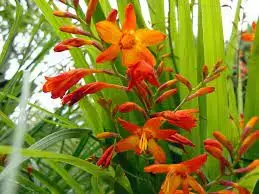
The leaves of the plants are sword-shaped. The leavers of the plant are green reddish tint depending on the variety of the plant. They grow 2 to 4 feet in height.
They are low-maintenance plants. They prefer low to full sunlight. Well-draining soil is preferred. Crocosmia prefers regular watering during the growing season otherwise they can tolerate dryness. With proper care of the plant, they will reward you with an impressive display of your gardens.
Note: These plants are non toxic to humans but can be toxic for pets if ingested by them. Keep the plant out of reach from the pets to avoid any accidents.
Cuckoo flower
| Type | Botanical Name | Phonetic Spelling | Blooming period | Common name(s): |
|---|---|---|---|---|
| Perennials | Cardimine pratensis | kar-DA-mih-nee | April | Cuckoo flower, Bitter cress, Lady’s smock |
Native area: Asia, Europe
This is the last flower in our list that starts with the first letter C. Cuckoo flowers are named because their peak flowering time arrives when the cuckoo arrives in Europe.
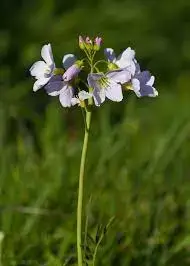
The leaves of the plant are green and have slightly toothed edges. They have clusters of delicate flowers with four petals. The colours of the flowers are usually pale lilac and pink. Although some varieties of the plant have white blooms.
These cuckoo flowers are usually found in damp or wet grasslands, meadows, marshes and along the riverbanks. These plants are very important for pollinators like flying insects, butterflies and bees. They grow in moist and nutrient-rich soil. The delicacy of the plant brings beauty to the gardens.
